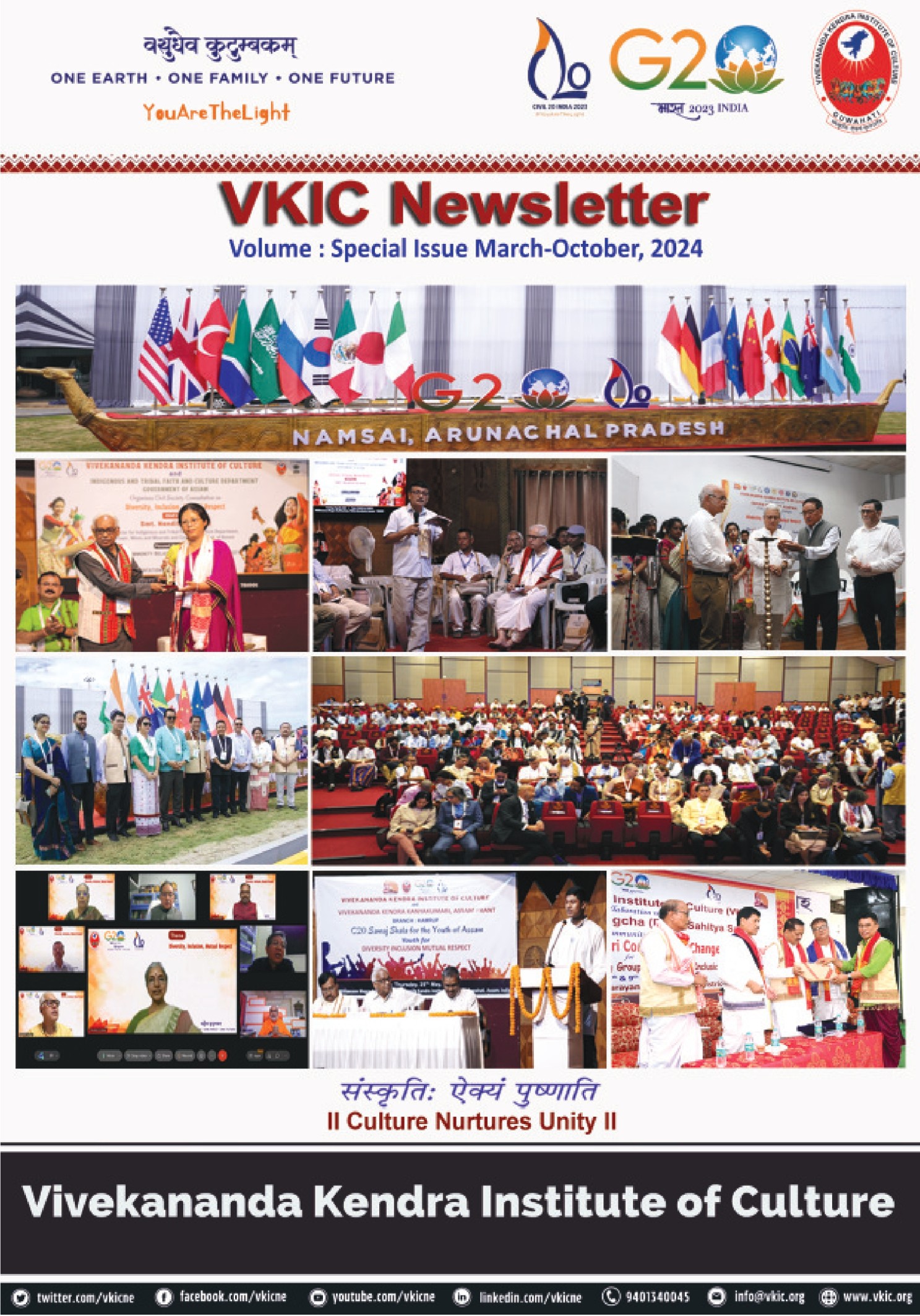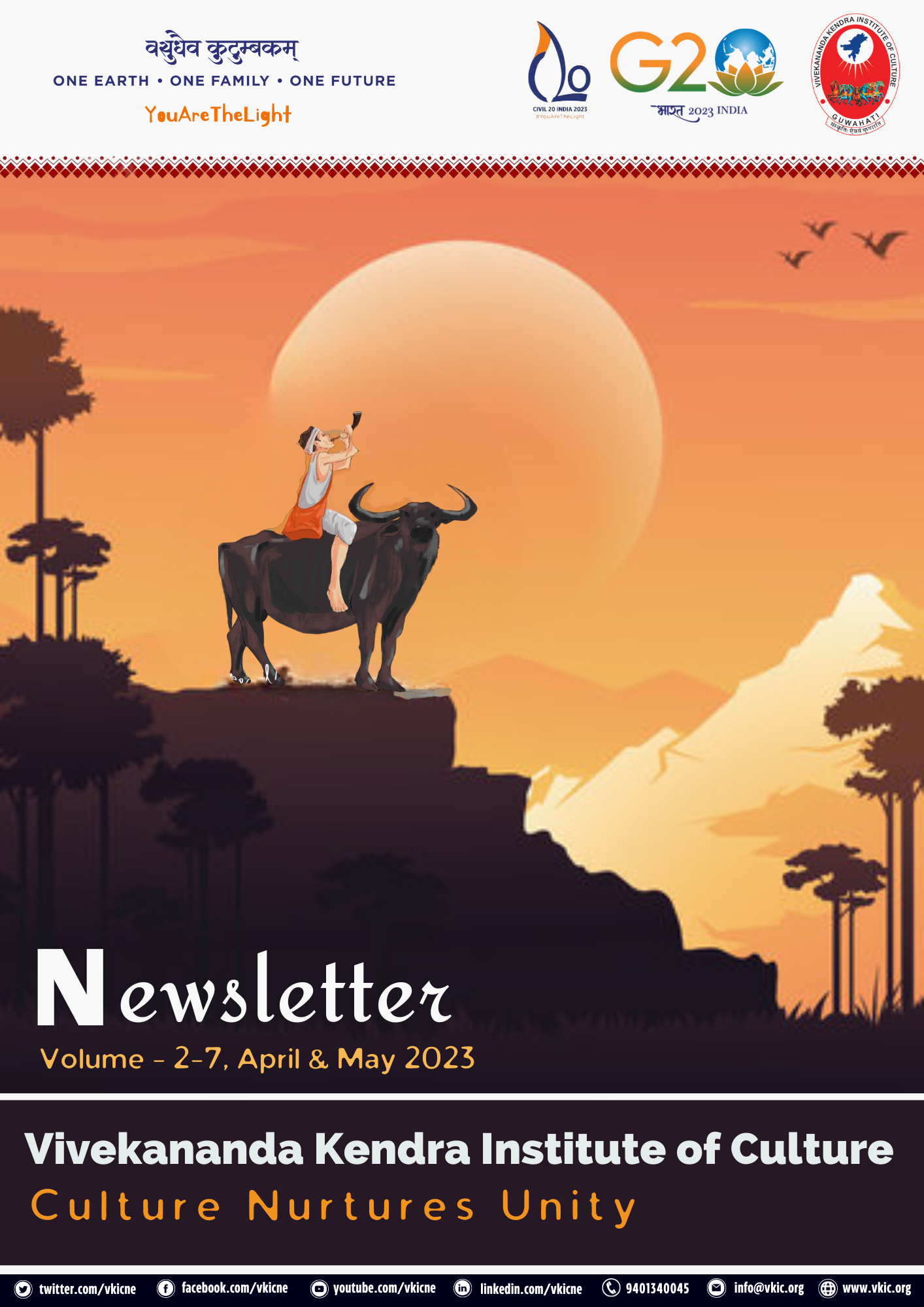Interview with Shri Kakchingtabam Brajamani Sharma
Shri Kakchingtabam Brajamani Sharma is a librarian by profession, renowned columnist, author, sincere practitioner of Yoga and an activist to protect the rituals and traditions of the Meitei, the Kabui and other Janajati communities.
Interview with Sri Lakshmi Bhusan Chakma
Book Review on Traditional Systems of the Nocte
TIT BITS OF DEORI SEMINAR
A VISIT TO JONBEEL MELA
Study on Tagin Community
Field Work relating to Namghar
Book Summary on Tradition System of Northeast India: Pasighat Seminar
Traditional Systems of North–East India: Change and Continuity (Arunachal Pradesh) is a compilation of seminar research papers of first-hand information of the Galo community. They revealed many new facts hitherto unknown to the people in general.


